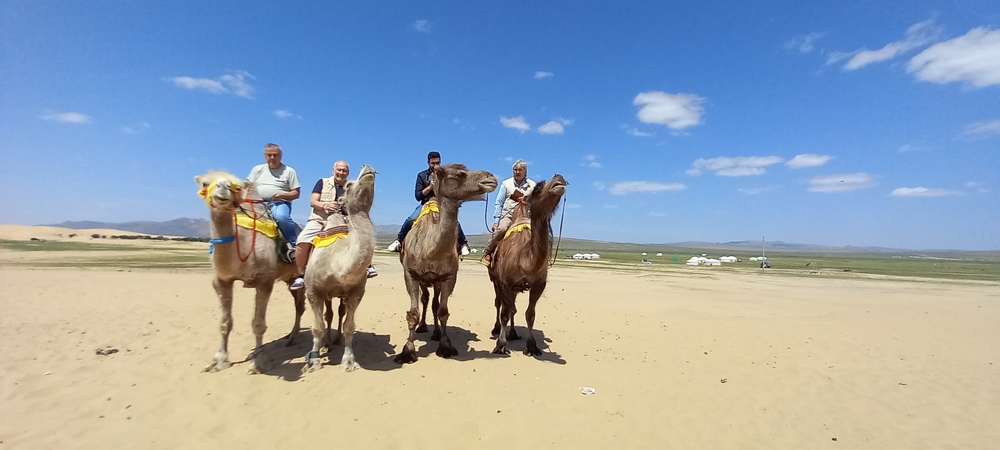site.btaBulgarian Expedition Explores Traces of Ancient Shamanism in Mongolia


The first Bulgarian scientific expedition to the foothills of the Sayano-Altai mountain range in Mongolia has returned, archaeologist Nikolay Ovcharov said on Tuesday.
The expedition, led by Ovcharov and Mladen Stanev, Chair of the Association of Bulgarians Around the World, focused on the possible presence of shamanic traditions and other cultural borrowings in pagan Bulgaria from ancient Central Asian civilisations.
Ovcharov said the main aim of the expedition was to search for evidence of shamanic practices and cultural elements from Central Asia that may have influenced pagan Bulgaria between the 7th and 9th centuries. While the two leading theories about the origins of the ancient Bulgars point to either Turkic-Altaic or Iranian roots, he noted that a more nuanced understanding has recently emerged. This newer perspective suggests a more complex ethnogenesis involving multiple peoples and cultures. Alongside Iranian influences, Central Asian features in pagan Bulgaria include Turkic runic script, deities such as Tangra and Umai, and depictions of shamans on the walls of Bulgaria’s early capitals Pliska and Preslav, Ovcharov said.
He described how over two weeks, the team travelled more than 5,000 km through Mongolia’s mountains and steppes. Their route included the current capital Ulan Bator and the ancient capital of Genghis Khan’s empire, Karakorum. They also visited the remains of the capital of the 8th-9th century Uyghur Khaganate and the unique Turkic sanctuary dedicated to the heroes Bilge Khan and Kul Tigin. Another key site featured so-called deer stones, dated to around 3,500 years ago, which show images of deified stags.
In the first part of their journey, the researchers crossed the Khuvsgul mountains, located between the Sayan and Altai ranges. There they met one of the last surviving shamans, 85-year-old Baldorj, who lives in seclusion near the village of Tsagaan Nuur sum. One night, Baldorj performed the kamlayane ritual, a ceremony summoning 13 primary spirits (ongons) believed to inhabit the space stretching from the Urals to the Pacific Ocean. The team succeeded in reconstructing many of the practices once used in pagan Bulgaria more than a millennium ago.
Later, the group reached the city of Khovd near Mongolia’s western border with China, Kazakhstan and Russia. There, they explored three of the most significant petroglyph sites: the Khoid Tsenkher cave, Chandman Khar, and Ishgen Tolgoi, Ovcharov said.
He noted that the hunting scenes and battle depictions found at these sites bear striking similarities to graffiti discovered on the walls of Bulgaria’s early capitals.
Bulgarian and Mongolian scholars also held extensive discussions and exchanged views. The results of the expedition will be published in various academic articles in both countries and presented at upcoming global congresses on steppe archaeology and Central Asian cultures, Ovcharov added.
/DT/
news.modal.header
news.modal.text